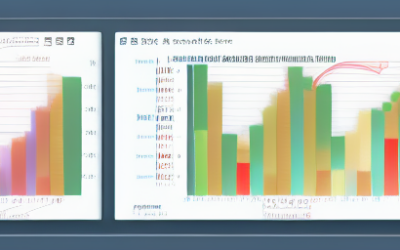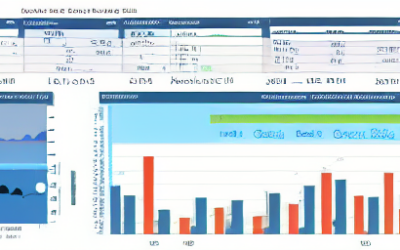Big Data Analytics is the process of analyzing large sets of data to uncover patterns and trends. It is a form of advanced analytics that helps organizations analyze vast amounts of data to make better decisions, understand customer behavior, identify new opportunities, and optimize operations. Big Data Analytics involves the use of a variety of tools and techniques to analyze large datasets, such as machine learning and predictive analytics.
Tech Blog
Tech Insights, Information, and InspirationThe Stages of Data Analytics
Data analytics is the practice of collecting, cleaning, organizing, and analyzing large sets of data to identify meaningful patterns and trends. The goal of data analytics is to bring insights to business processes and operations, helping organizations make smarter decisions and achieve better outcomes. Data analytics can be used to drive customer segmentation, marketing campaigns, product innovation, and more.
Managing Data with Data Engineering
In the modern business world, data engineering is increasingly important in order to make informed decisions. Data engineering is the process of collecting, storing, cleaning, and transforming data so that it can be effectively used for business analytics and decision making.
Big Data
Big data is a term for large volumes of complex and diverse data sets. Big data analytics analyzes these sizeable data sets to identify patterns, relationships, and trends.
Get In Touch
UseTech Design, LLC
TROY, MI • BLOOMFIELD HILLS, MI
Call or text +1(734) 367-4100



